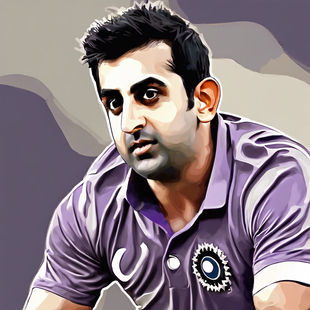TL;DR: Chief Justice of India Sanjiv Khanna rolls out his first major reform—regular matters requiring lengthy hearings will no longer be listed on Wednesdays and Thursdays. These days will now focus on miscellaneous matters like transfer petitions and bail cases to help tackle the mounting backlog of 83,410 pending cases. 📜⏳

🚨 What’s Changing?
In a bid to streamline the judiciary’s workload, the Supreme Court has introduced a new scheduling rule:
Wednesdays & Thursdays: No more long regular hearings. Instead, the Court will prioritize miscellaneous matters such as:
Transfer petitions 🛫
Bail matters 🛡️
Tuesdays will also see these fast-track cases.
The new schedule aims to speed up justice in urgent and time-sensitive cases. 🏃♂️⚡
📜 Circular Details
The Supreme Court’s circular clarifies:
Special Bench Matters: Cases directed to be listed on these days will be heard in the post-lunch session. 🍱🕑
Duration: This system will remain until further orders.
👨⚖️ CJI Sanjiv Khanna’s Bold Move
Since taking charge on November 11, CJI Sanjiv Khanna has wasted no time in implementing reforms. This scheduling change is his first major step toward reducing the backlog of over 83,000 cases at India’s apex court. 📊🚀
The move is expected to:
Clear smaller cases faster.
Free up bandwidth for complex cases on other days.
Improve overall efficiency in case handling. 💼⚖️
🚦 Why This Matters
The backlog of cases in India’s judicial system is a long-standing problem. With cases sometimes dragging on for years, the need for reform is urgent. This shift toward focusing specific days on faster resolutions is seen as a step in the right direction. 🕰️🛑
💬 What’s Next?
The reform is likely to spark debate among legal experts, but most agree on the urgency of reducing delays. Will this new system speed things up, or will it create fresh challenges? Only time will tell. ⏳
💬 What do you think about the Supreme Court’s new schedule? Will it help reduce the backlog? Share your thoughts below! 👇































